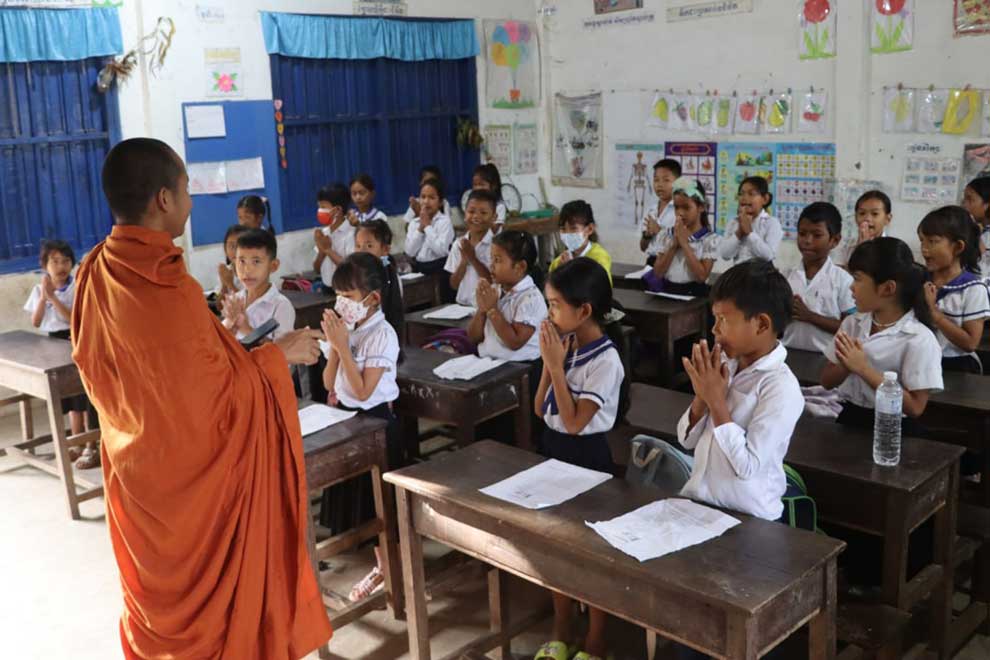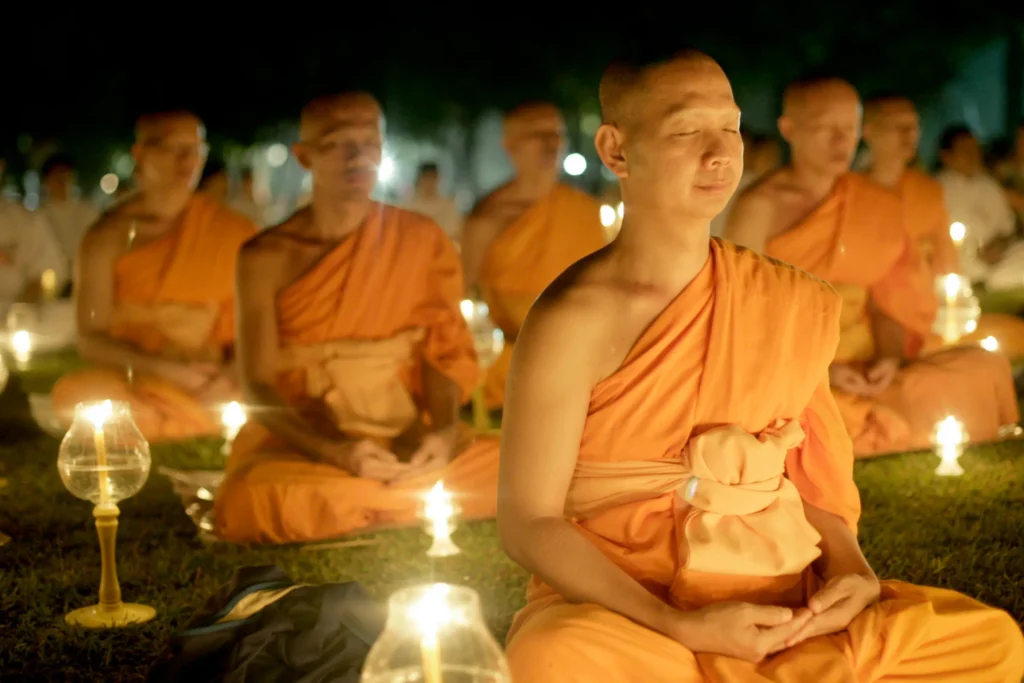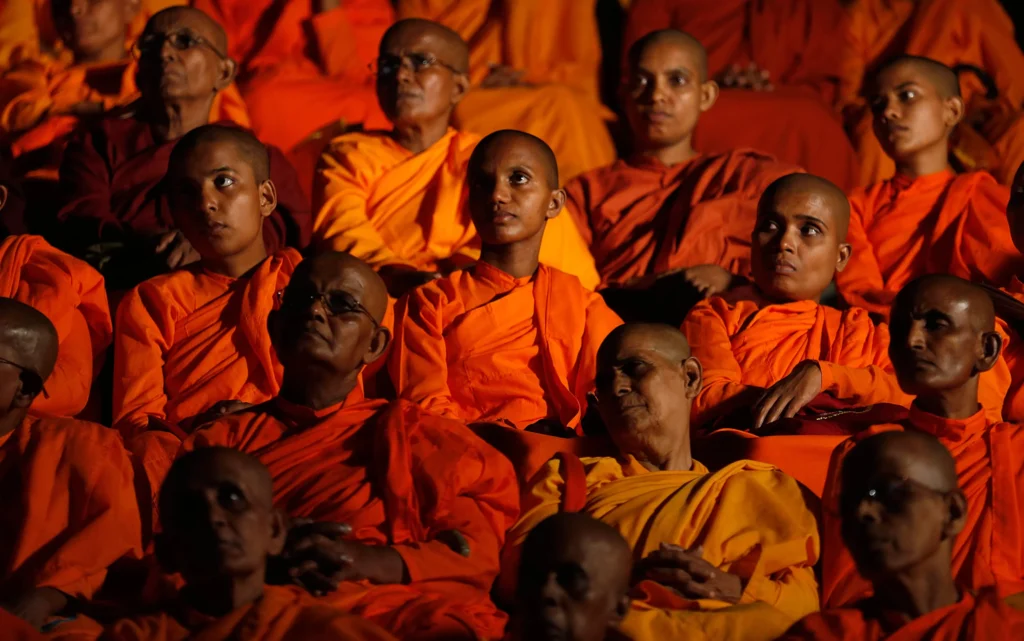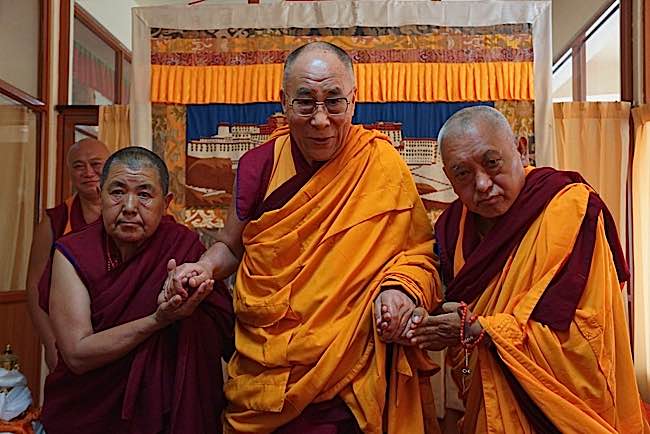“A Short History of the Buddhist Schools: From Early Teachings to Global Traditions”

Buddhism, founded in the 5th–6th century BCE in ancient India, has evolved into a vast spiritual tradition practiced by over 500 million people worldwide. Though rooted in the teachings of Siddhartha Gautama (the Buddha), over centuries, Buddhism branched into several schools or traditions, each shaped by cultural, linguistic, philosophical, and doctrinal developments.
This article provides a comprehensive yet concise overview of the history and major schools of Buddhism—Theravāda, Mahāyāna, and Vajrayāna—and how they emerged and spread across Asia and, later, the world.
🕉️ The Origins: Early Buddhism
📍 Historical Buddha
- Siddhartha Gautama was born around 480 BCE in Lumbini (modern Nepal).
- After attaining enlightenment (nirvāṇa) under the Bodhi tree, he became known as The Buddha.
- He spent the rest of his life teaching the Four Noble Truths and the Eightfold Path.
📜 First Teachings
- Known as the Dharma, these teachings focused on:
- The nature of suffering (dukkha)
- The cause of suffering (craving)
- The possibility of cessation (nirvāṇa)
- The path leading to the end of suffering (Eightfold Path)
🧘 Early Monastic Communities
- The Buddha’s followers, both monastics and laypeople, formed the Sangha.
- Teachings were transmitted orally, preserved in local dialects like Pāli and Sanskrit.
📚 The First Buddhist Councils
Following the Buddha’s death (parinirvāṇa), councils were held to preserve and codify his teachings:
1. First Council (~483 BCE):
- Held at Rajgir under the patronage of King Ajātaśatru.
- Teachings were recited and categorized into:
- Vinaya (monastic discipline)
- Dhamma/Dharma (doctrinal teachings)
2. Second Council (~383 BCE):
- Held at Vesali, addressing monastic disputes.
- Led to early schisms over doctrinal and disciplinary issues.
These splits gradually resulted in the formation of early Buddhist schools, known as Nikāyas or Hinayana sects (a term later considered pejorative in Mahāyāna texts).

🔱 Early Buddhist Schools (c. 3rd–1st century BCE)
Between the 3rd and 1st century BCE, at least 18 distinct schools of Buddhism developed. The most prominent among them were:
- Theravāda (“Teaching of the Elders”)
- Mahāsāṅghika
- Sarvāstivāda
- Dharmaguptaka
- Mūlasarvāstivāda
These schools differed in:
- Doctrinal interpretations
- Vinaya rules
- Philosophical analysis of phenomena
Most of these sects no longer exist independently, except for Theravāda, which survives today.
🏯 The Rise of Mahāyāna Buddhism (1st century BCE – 3rd century CE)
By the 1st century BCE, a new stream of thought emerged that emphasized the bodhisattva ideal—a path aimed not just at personal enlightenment but at liberating all sentient beings.
📖 Mahāyāna Scriptures:
- Composed in Sanskrit
- Included the Prajñāpāramitā (Perfection of Wisdom) texts
- Introduced new buddhas and bodhisattvas, like Avalokiteśvara, Mañjuśrī, and Amitābha
Core Concepts:
- Śūnyatā (Emptiness) – All things are empty of inherent existence
- Upāya (Skillful Means) – The Buddha taught according to the audience’s capacity
- Three Bodies of the Buddha (Trikāya) – Nirmāṇakāya (physical), Sambhogakāya (enjoyment), Dharmakāya (truth)
Mahāyāna spread widely to China, Korea, Japan, and Vietnam.
⚡ The Emergence of Vajrayāna (c. 6th–7th century CE)
Vajrayāna, also known as Tantric Buddhism or Esoteric Buddhism, developed as a branch of Mahāyāna, particularly in India, Tibet, Nepal, Bhutan, and Mongolia.
Unique Features:
- Tantras – Ritual texts involving visualization, mantras, and mandalas
- Use of deities, yogic practices, and initiation rites
- Emphasis on direct experience and achieving enlightenment in one lifetime
Key Figures:
- Padmasambhava – Brought Buddhism to Tibet in the 8th century
- Nāgārjuna and Tsongkhapa – Great philosophers who shaped Vajrayāna thought
The primary schools in Tibet include:
- Nyingma
- Kagyu
- Sakya
- Gelug (Dalai Lama’s school)

🌏 Geographical Spread and Schools
1. Theravāda Buddhism
- Based on the Pāli Canon
- Dominant in Sri Lanka, Thailand, Myanmar, Laos, and Cambodia
- Emphasizes monastic discipline, meditation, and the arhat path (personal liberation)
2. Mahāyāna Buddhism
- Prominent in China, Korea, Japan, and Vietnam
- Divided into various schools, such as:
- Zen (Chan) – Emphasis on meditation and direct insight
- Pure Land – Devotion to Amitābha Buddha to be reborn in a paradise realm
- Tiantai and Huayan – Philosophical integration of scriptures and doctrines
3. Vajrayāna Buddhism
- Found in Tibet, Mongolia, Bhutan, and parts of Nepal and India
- Combines tantra, ritual, mantra, and deity yoga
- Influenced by indigenous Bon practices in Tibet
📅 Timeline Overview
| Century | Development |
|---|---|
| 5th BCE | Buddha’s lifetime, original teachings begin |
| 4th–3rd BCE | First schisms, early schools form |
| 3rd BCE | Emperor Ashoka spreads Buddhism across Asia |
| 1st BCE–2nd CE | Mahāyāna texts emerge |
| 6th–7th CE | Vajrayāna develops in India, spreads to Tibet |
| 7th–13th CE | Buddhism reaches China, Korea, Japan, and Southeast Asia |
| 19th–20th CE | Western interest in Buddhism grows |
| 21st century | Global presence with diverse schools coexisting |
🧘 Buddhism in the Modern World
Today, Buddhism is a global tradition with adherents in both East and West. While traditional forms persist in Asia, modern movements include:
- Secular Buddhism
- Engaged Buddhism (social activism)
- Modern meditation-based practices (like Vipassanā and Zen retreats)
Each school contributes uniquely to the global spiritual landscape, offering a variety of paths toward wisdom, compassion, and awakening.
🕊️ Conclusion
Though rooted in the same fundamental truths taught by the historical Buddha, Buddhism evolved into three broad traditions—Theravāda, Mahāyāna, and Vajrayāna—each reflecting the cultures and societies in which they took root. The diversity of Buddhist schools is not a sign of division, but a testament to the flexibility and universality of the Dharma, capable of guiding people across different times, geographies, and spiritual needs.





